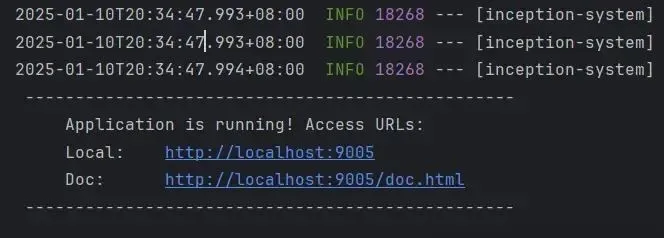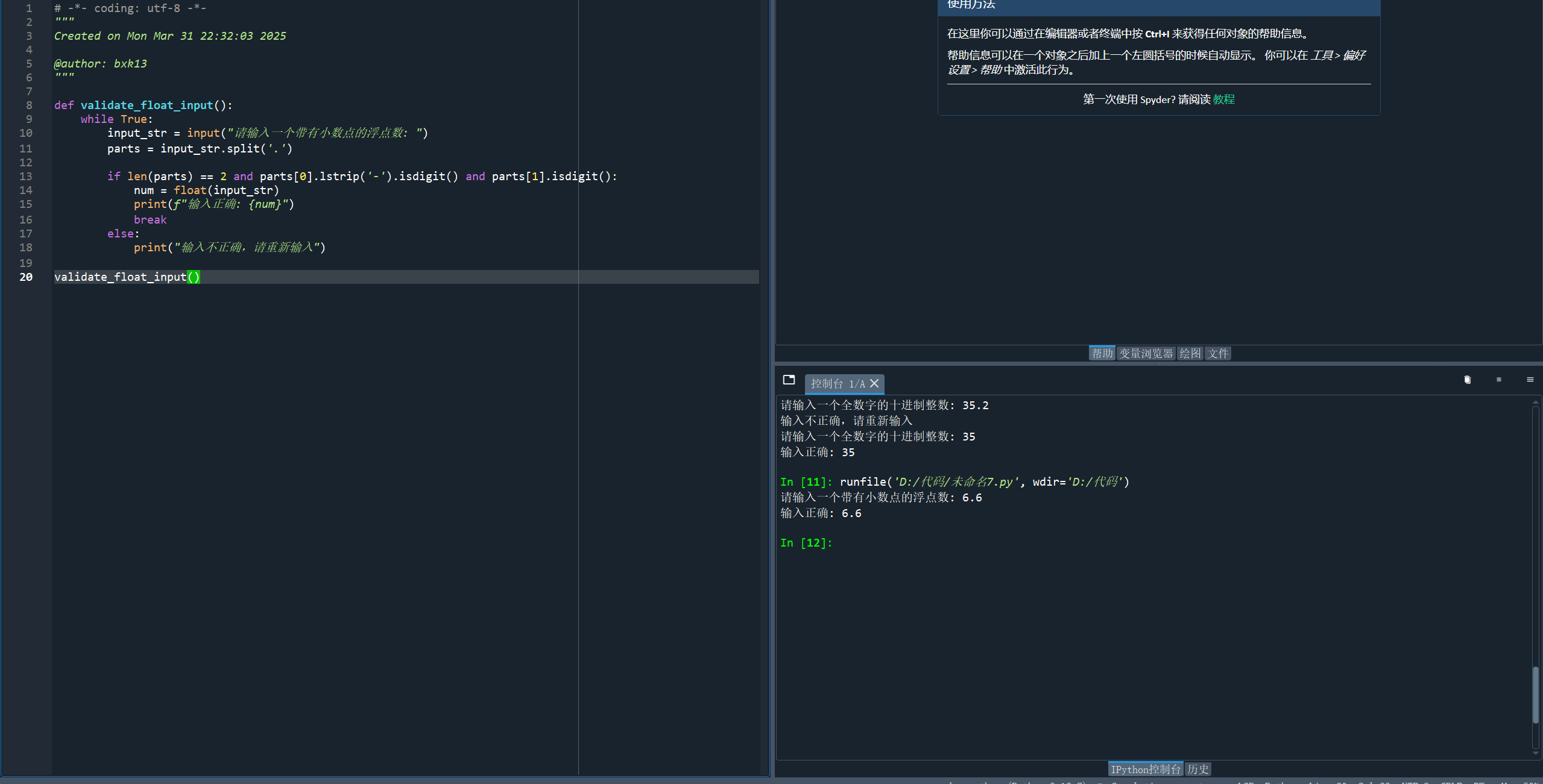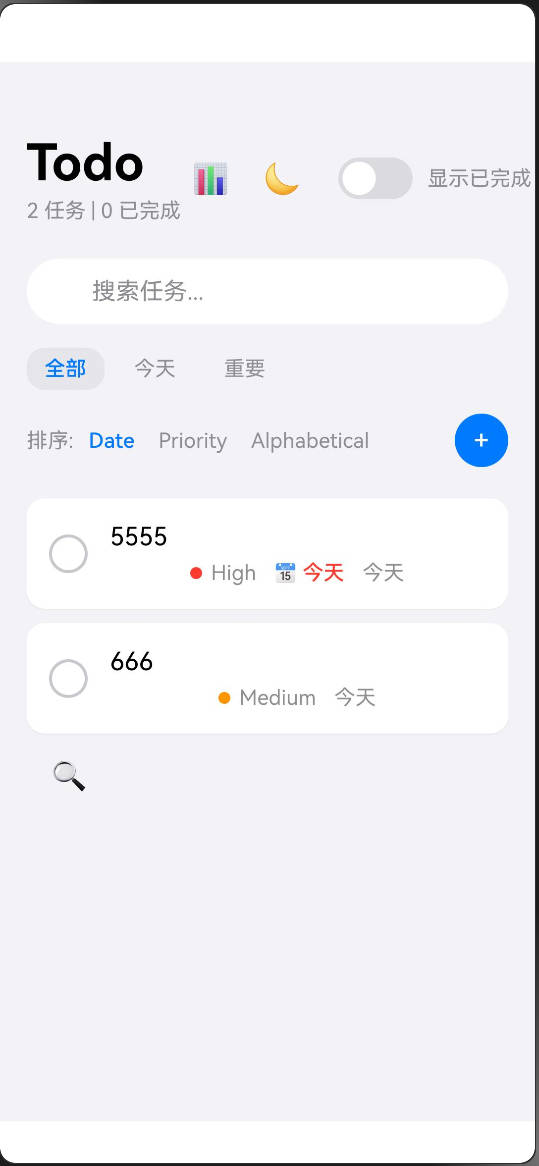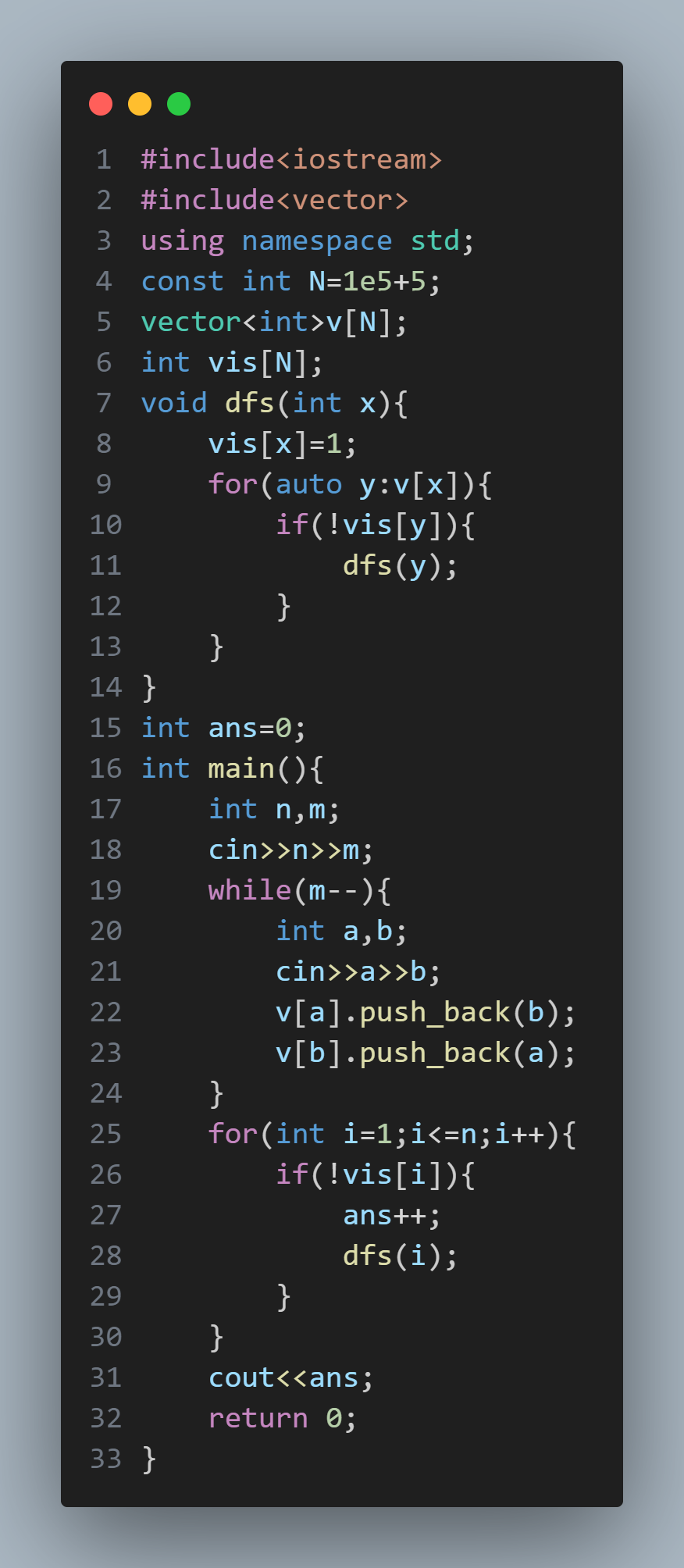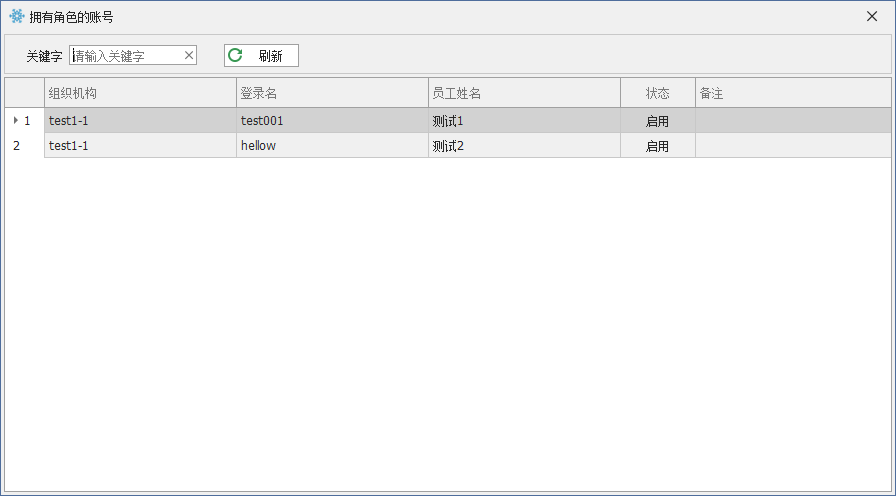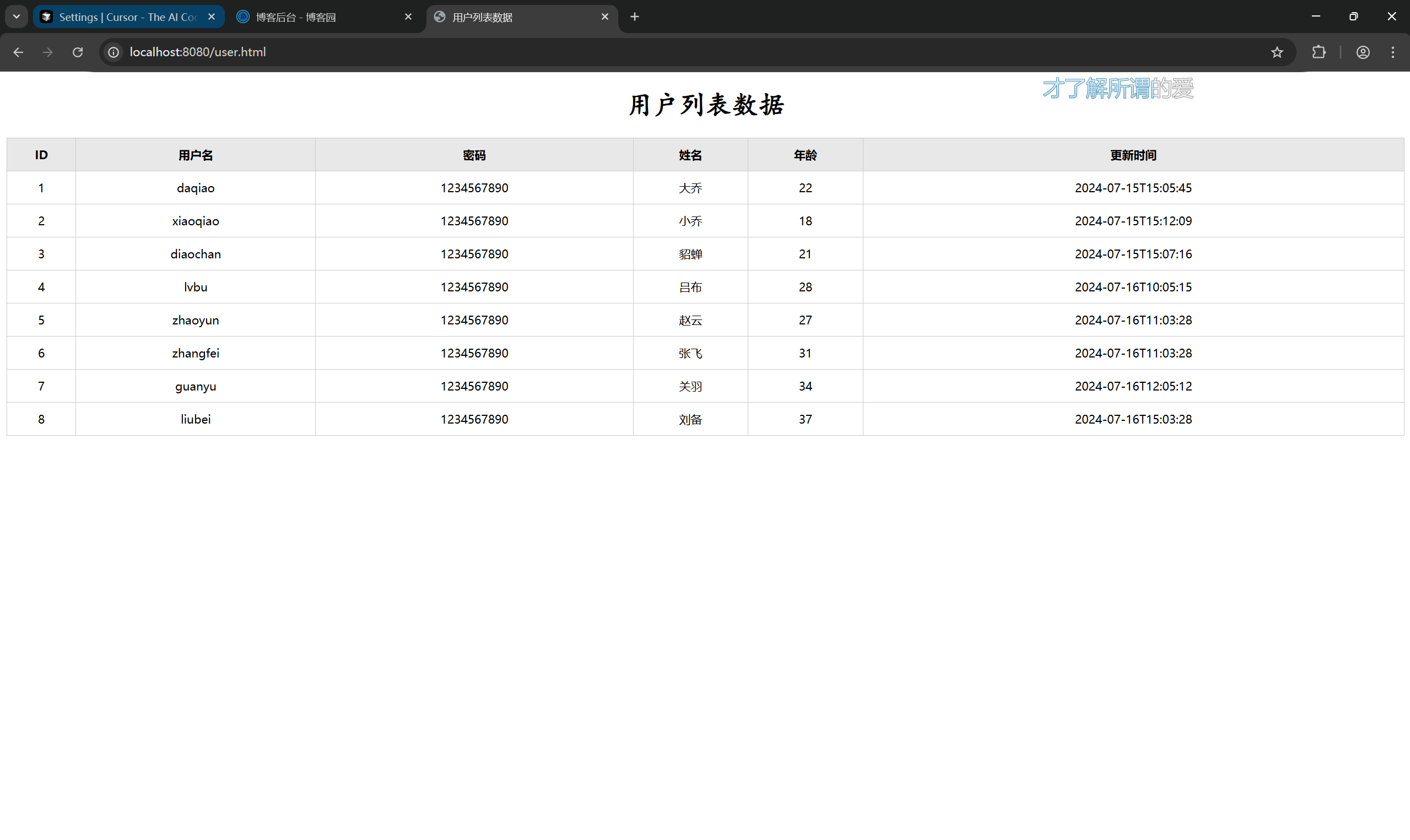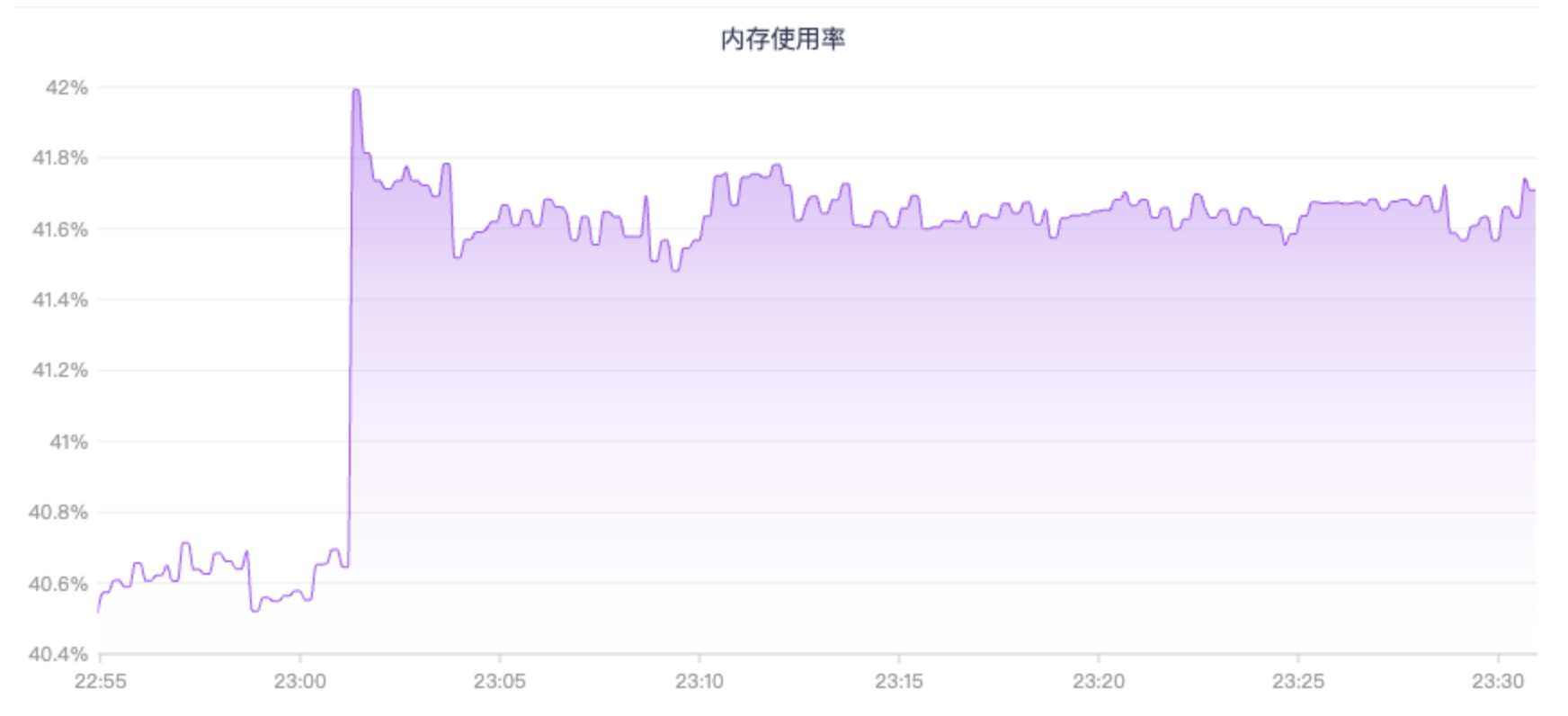Leetcode 题解 - 栈和队列
- Leetcode 题解 - 栈和队列
- 1. 用栈实现队列
- 2. 用队列实现栈
- 3. 最小值栈
- 4. 用栈实现括号匹配
- 5. 数组中元素与下一个比它大的元素之间的距离
- 6. 循环数组中比当前元素大的下一个元素
1. 用栈实现队列
232. Implement Queue using Stacks (Easy)
Leetcode / 力扣
栈的顺序为后进先出,而队列的顺序为先进先出。使用两个栈实现队列,一个元素需要经过两个栈才能出队列,在经过第一个栈时元素顺序被反转,经过第二个栈时再次被反转,此时就是先进先出顺序。
class MyQueue {private Stack<Integer> in = new Stack<>();private Stack<Integer> out = new Stack<>();public void push(int x) {in.push(x);}public int pop() {in2out();return out.pop();}public int peek() {in2out();return out.peek();}private void in2out() {if (out.isEmpty()) {while (!in.isEmpty()) {out.push(in.pop());}}}public boolean empty() {return in.isEmpty() && out.isEmpty();}
}
2. 用队列实现栈
225. Implement Stack using Queues (Easy)
Leetcode / 力扣
在将一个元素 x 插入队列时,为了维护原来的后进先出顺序,需要让 x 插入队列首部。而队列的默认插入顺序是队列尾部,因此在将 x 插入队列尾部之后,需要让除了 x 之外的所有元素出队列,再入队列。
class MyStack {private Queue<Integer> queue;public MyStack() {queue = new LinkedList<>();}public void push(int x) {queue.add(x);int cnt = queue.size();while (cnt-- > 1) {queue.add(queue.poll());}}public int pop() {return queue.remove();}public int top() {return queue.peek();}public boolean empty() {return queue.isEmpty();}
}
3. 最小值栈
155. Min Stack (Easy)
Leetcode / 力扣
class MinStack {private Stack<Integer> dataStack;private Stack<Integer> minStack;private int min;public MinStack() {dataStack = new Stack<>();minStack = new Stack<>();min = Integer.MAX_VALUE;}public void push(int x) {dataStack.add(x);min = Math.min(min, x);minStack.add(min);}public void pop() {dataStack.pop();minStack.pop();min = minStack.isEmpty() ? Integer.MAX_VALUE : minStack.peek();}public int top() {return dataStack.peek();}public int getMin() {return minStack.peek();}
}
对于实现最小值队列问题,可以先将队列使用栈来实现,然后就将问题转换为最小值栈,这个问题出现在 编程之美:3.7。
4. 用栈实现括号匹配
20. Valid Parentheses (Easy)
Leetcode / 力扣
"()[]{}"Output : true
public boolean isValid(String s) {Stack<Character> stack = new Stack<>();for (char c : s.toCharArray()) {if (c == '(' || c == '{' || c == '[') {stack.push(c);} else {if (stack.isEmpty()) {return false;}char cStack = stack.pop();boolean b1 = c == ')' && cStack != '(';boolean b2 = c == ']' && cStack != '[';boolean b3 = c == '}' && cStack != '{';if (b1 || b2 || b3) {return false;}}}return stack.isEmpty();
}
5. 数组中元素与下一个比它大的元素之间的距离
739. Daily Temperatures (Medium)
Leetcode / 力扣
Input: [73, 74, 75, 71, 69, 72, 76, 73]
Output: [1, 1, 4, 2, 1, 1, 0, 0]
在遍历数组时用栈把数组中的数存起来,如果当前遍历的数比栈顶元素来的大,说明栈顶元素的下一个比它大的数就是当前元素。
public int[] dailyTemperatures(int[] temperatures) {int n = temperatures.length;int[] dist = new int[n];Stack<Integer> indexs = new Stack<>();for (int curIndex = 0; curIndex < n; curIndex++) {while (!indexs.isEmpty() && temperatures[curIndex] > temperatures[indexs.peek()]) {int preIndex = indexs.pop();dist[preIndex] = curIndex - preIndex;}indexs.add(curIndex);}return dist;
}
6. 循环数组中比当前元素大的下一个元素
503. Next Greater Element II (Medium)
Leetcode / 力扣
Input: [1,2,1]
Output: [2,-1,2]
Explanation: The first 1's next greater number is 2;
The number 2 can't find next greater number;
The second 1's next greater number needs to search circularly, which is also 2.
与 739. Daily Temperatures (Medium) 不同的是,数组是循环数组,并且最后要求的不是距离而是下一个元素。
public int[] nextGreaterElements(int[] nums) {int n = nums.length;int[] next = new int[n];Arrays.fill(next, -1);Stack<Integer> pre = new Stack<>();for (int i = 0; i < n * 2; i++) {int num = nums[i % n];while (!pre.isEmpty() && nums[pre.peek()] < num) {next[pre.pop()] = num;}if (i < n){pre.push(i);}}return next;
}

